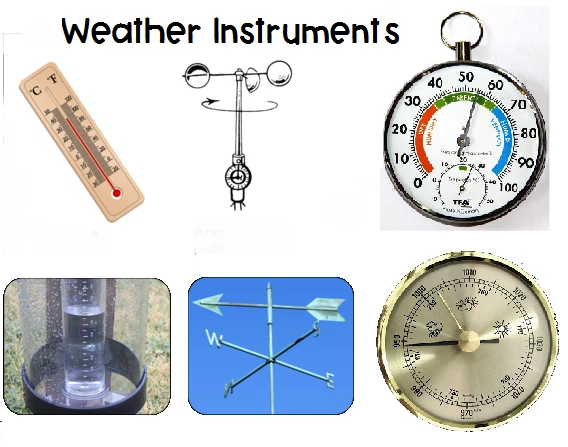
# Weather Gauges and Instruments for Accurate Meteorological Measurements
## Introduction to Weather Gauges and Instruments
Weather gauges and instruments are essential tools for meteorologists, researchers, and weather enthusiasts alike. These devices provide accurate measurements of various atmospheric conditions, enabling us to understand and predict weather patterns more effectively.
## Essential Weather Measurement Tools
### 1. Thermometers
Thermometers measure air temperature, one of the most fundamental weather parameters. Modern digital thermometers provide precise readings, while traditional mercury or alcohol thermometers remain reliable options.
### 2. Barometers
Barometers are crucial for measuring atmospheric pressure, which helps in forecasting weather changes. Mercury barometers and aneroid barometers are the two main types used in meteorological observations.
### 3. Hygrometers
These instruments measure humidity levels in the air. Psychrometers (wet-and-dry bulb thermometers) and electronic hygrometers are commonly used to determine relative humidity.
## Precipitation Measurement Instruments
### Rain Gauges
Standard rain gauges collect and measure liquid precipitation over a set period. Tipping bucket rain gauges provide automated measurements, while weighing gauges can measure both liquid and frozen precipitation.
### Snow Gauges
Specialized snow gauges measure snowfall depth and water equivalent. Some advanced models use ultrasonic technology to measure snow accumulation without physical contact.
## Wind Measurement Devices
### Anemometers
These instruments measure wind speed. Cup anemometers are the most common type, while sonic anemometers use ultrasonic sound waves for more precise measurements.
### Wind Vanes
Wind vanes indicate wind direction, typically mounted alongside anemometers for complete wind measurement. Modern electronic wind vanes provide digital output for data recording.
## Advanced Meteorological Instruments
### Weather Stations
Complete weather stations combine multiple instruments into a single system, often with data logging capabilities. These can range from simple home weather stations to sophisticated professional setups.
### Ceilometers
These specialized instruments measure cloud height and vertical visibility using laser or LED technology, important for aviation weather observations.
### Pyranometers
Used to measure solar radiation, pyranometers help in studying solar energy potential and understanding climate patterns.
## Choosing the Right Weather Instruments
When selecting weather gauges and instruments, consider factors such as accuracy requirements, durability, maintenance needs, and data recording capabilities. Professional meteorologists typically require research-grade instruments, while hobbyists may opt for more affordable consumer-grade options.
Proper installation and regular calibration are crucial for maintaining measurement accuracy. Many instruments require specific mounting heights and locations to provide representative data.
## The Future of Weather Measurement
Technological advancements continue to improve weather instrumentation. Smart sensors, IoT connectivity, and AI-powered data analysis are transforming how we collect and interpret meteorological data. These innovations promise even more accurate and timely weather information in the years to come.
Keyword: weather gauges instruments